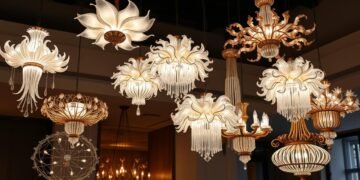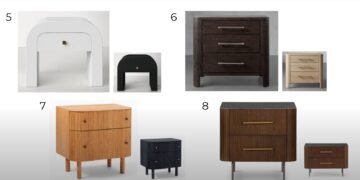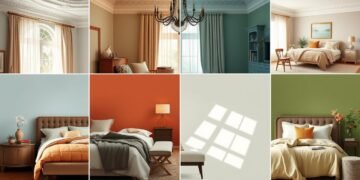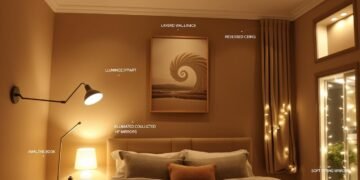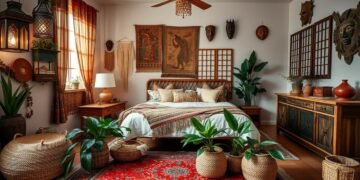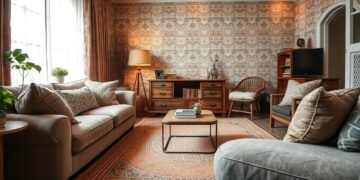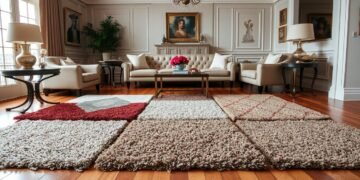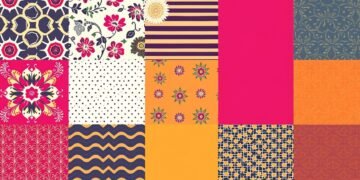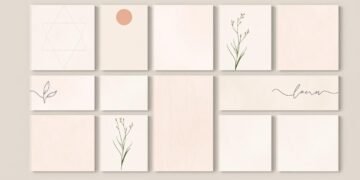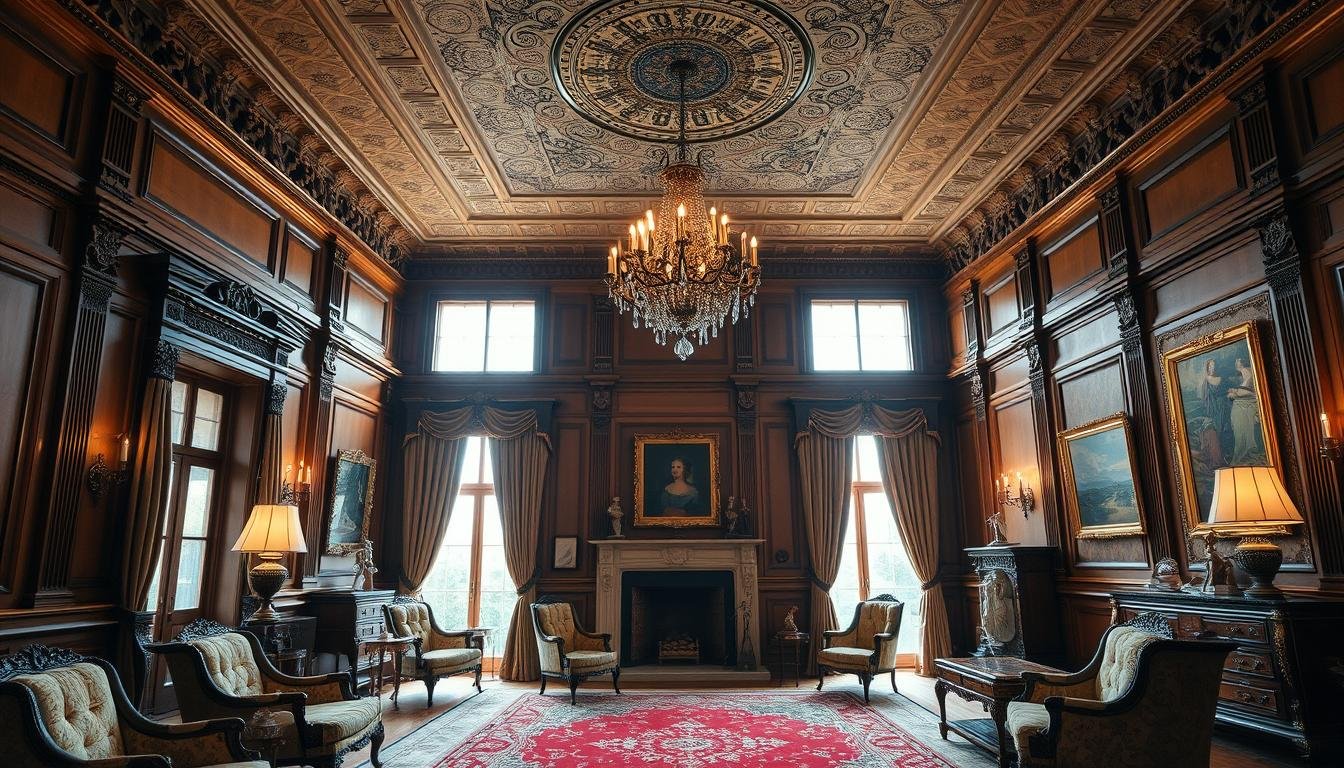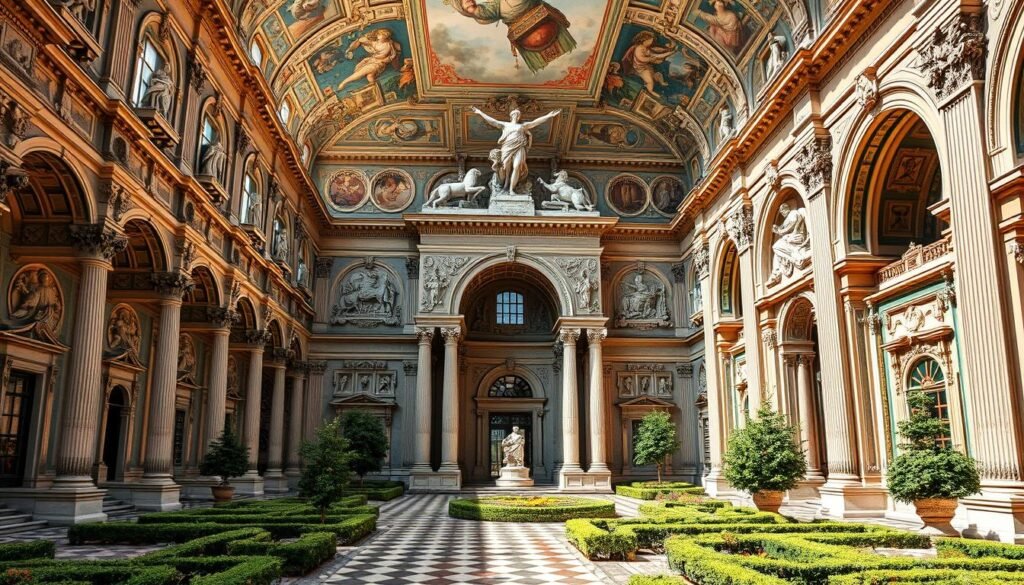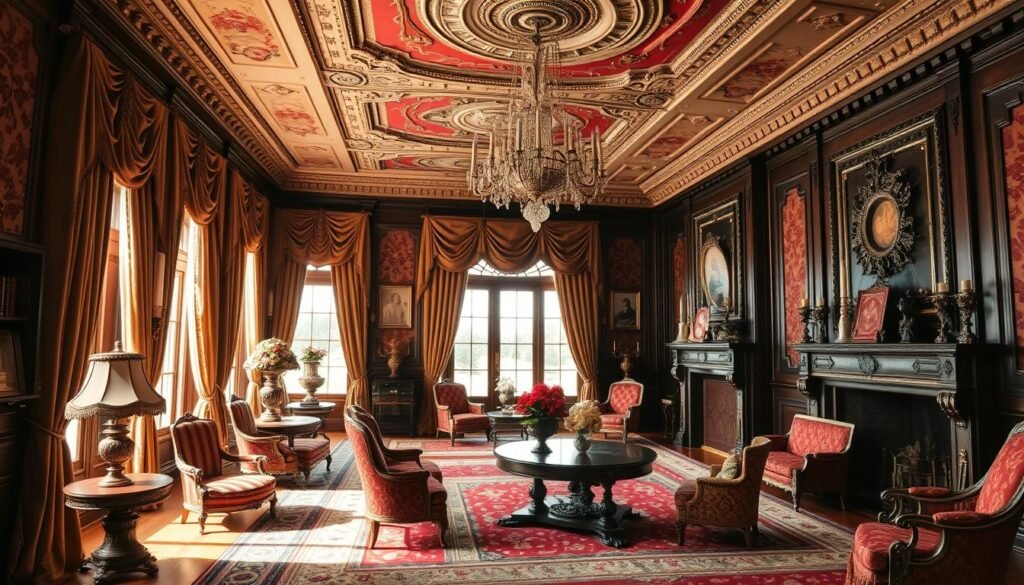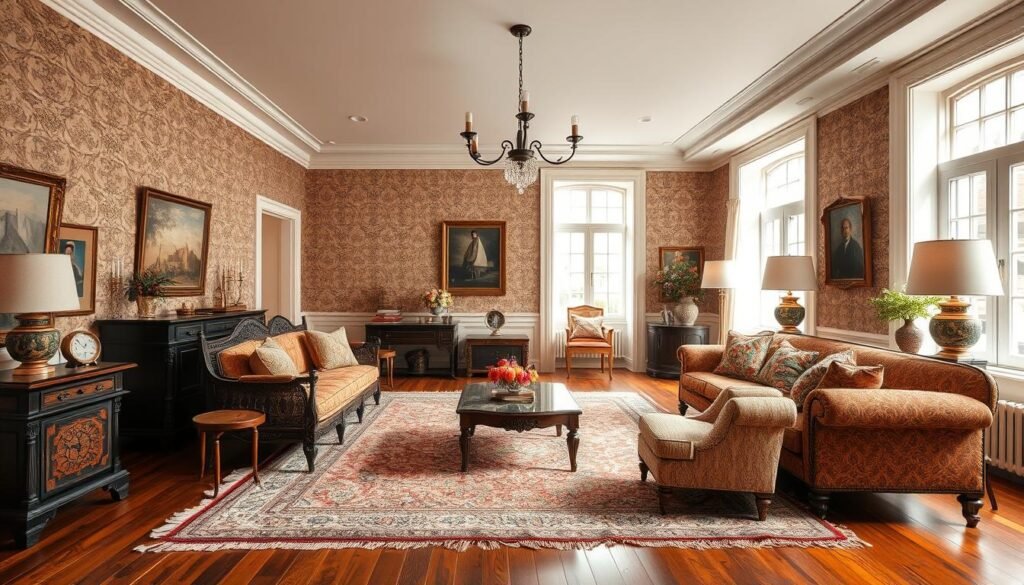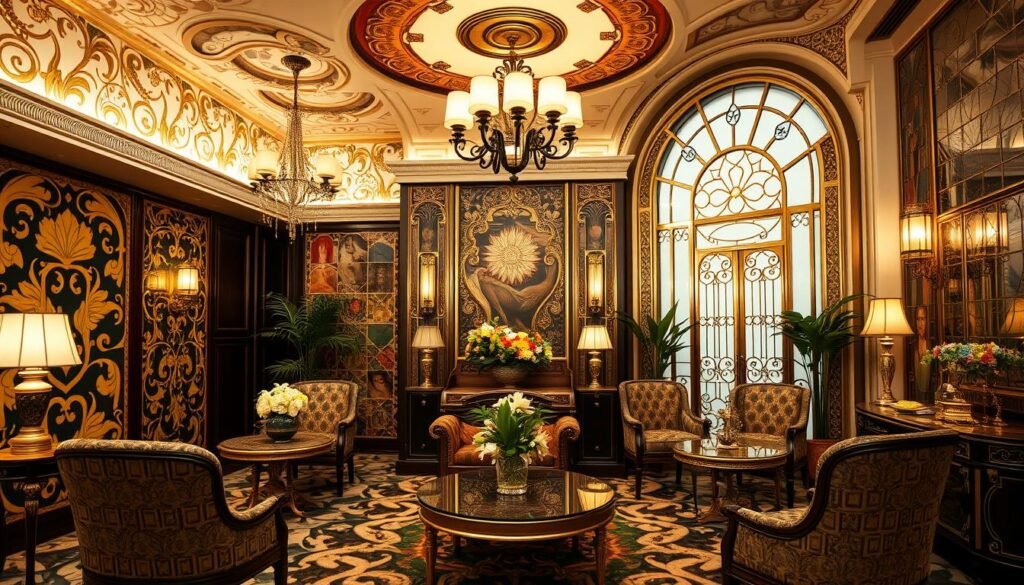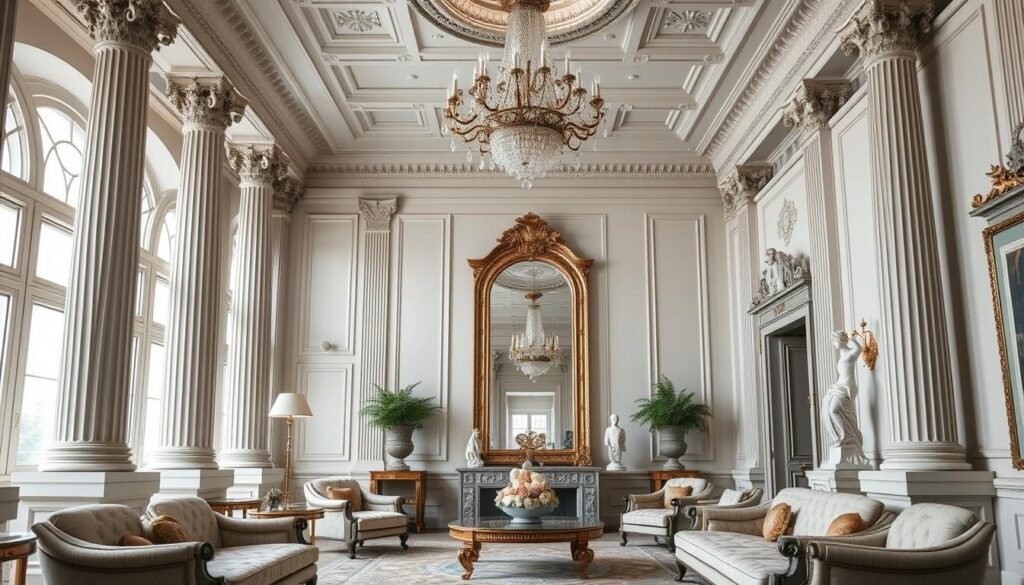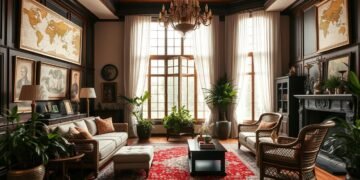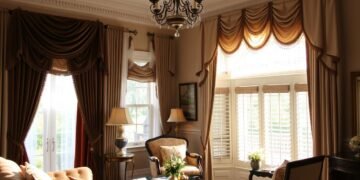Did you know traditional interior design goes back over two centuries? It’s a journey through history that inspires today’s homes1. Traditional interiors celebrate culture and art1.
I love exploring classic architecture styles. Traditional design comes from 18th and 19th-century Europe, like England and France. Designers there mixed history with elegance1.
Traditional interiors are timeless. Each piece has a story, blending old and new1. They use rich colors and dark wood for warmth and style1.
Table of Contents
- 1 The Evolution of Traditional Interior Design Through History
- 1.1 Relatedarticles
- 1.2 Top 10 Iconic British Colonial Décor Elements to Infuse Classic Style into Your Home
- 1.3 5 Timeless Window Treatments That Will Perfectly Complement Classic Interiors
- 1.4 Bring Charm to Your Home: 6 Traditional Wall Paneling Designs You’ll Love
- 1.5 Origins in European Design
- 1.6 Classical Influences on Modern Interiors
- 1.7 The Birth of Professional Interior Design
- 2 Ancient Greek and Roman Design Elements
- 3 Renaissance and Baroque Architectural Influences
- 4 Victorian Era Grandeur and Elegance
- 5 Historical Design Influences in Modern Homes
- 6 Art Deco and Art Nouveau Movements
- 7 Neoclassical Design Features and Elements
- 8 Colonial and Georgian Style Impact
- 9 Conclusion
- 10 FAQ
- 10.1 What defines traditional interior design?
- 10.2 How do ancient Greek and Roman designs influence modern interiors?
- 10.3 What are the key characteristics of Victorian interior design?
- 10.4 How can I incorporate historical design elements into a modern home?
- 10.5 What is the difference between Art Nouveau and Art Deco design?
- 10.6 What defines Neoclassical design?
- 10.7 How did the Industrial Revolution impact interior design?
- 10.8 What are the key influences of Colonial and Georgian styles?
- 11 Source Links
Key Takeaways
- Traditional design draws inspiration from classical antiquity and historical art
- Rich color palettes and dark wood finishes define the style
- Furniture pieces often have generational significance
- The style emphasizes classic design elements and symmetry
- Historical influences create a timeless and sophisticated interior
The Evolution of Traditional Interior Design Through History
The world of interior design is filled with centuries of art and culture. As a design lover, I’ve seen how old buildings influence our homes today. They mix old styles with new ones.
Traditional interior design has a rich history of creativity and growth. Architectural history in interior design shows a story of change and innovation.
Origins in European Design
European design started the trend for today’s home looks. In the late 1800s, home design began to change2. The Institute of British Decorators, started in 1899, had over 200 designers2.
Women like Rhoda and Agnes Garrett were early leaders in 18742. They were the first to be professionally trained in home design.
- First professional interior design institute established
- Women pioneers in home design
- Transition from retail-dominated interiors to artistic expression
Classical Influences on Modern Interiors
Classical designs are a big part of today’s interiors. The details of Greek and Roman buildings have shaped our design3. Art Deco, starting in the 1920s, brought rich colors and bold shapes3.
The Birth of Professional Interior Design
By 1915, interior design was changing fast2. The London Directory showed 127 decorators, with only 10 women2. Architectural history in interior design shows how these early pros set the stage for today’s designs.
“Design is not just about making something look beautiful, but about telling a story through space and form.”
Ancient Greek and Roman Design Elements
Classical architecture is a legacy of design genius that influences modern interiors. Ancient Greeks and Romans changed how we think about space and beauty4.
The Greeks created three main column styles for classical architecture. These styles are:
- Doric Order: Strong and simple columns without bases4
- Ionic Order: More refined columns with fancy tops4
- Corinthian Order: Columns with detailed tops featuring acanthus leaves4
Romans brought new ideas to design5. They used concrete to build stronger, more complex structures5.
| Architectural Feature | Greek Contribution | Roman Enhancement |
|---|---|---|
| Column Design | Created unique architectural orders | Made column styles more standard |
| Building Materials | Used marble and limestone | Introduced concrete for versatility |
| Infrastructure | Had limited connections | Built extensive roads and aqueducts5 |
These ancient designs continue to inspire today. Buildings all over the world show the lasting impact of Greek and Roman styles6.
“Architecture is frozen music” – Johann Wolfgang von Goethe
From the U.S. Capitol to churches with basilica layouts, classical architecture shows timeless beauty6.
Renaissance and Baroque Architectural Influences
The Renaissance and Baroque periods changed design forever. They left a lasting mark on interior design that designers love today. These periods changed how we see space, decoration, and telling stories through visuals7.
The Golden Age of Ornate Details
The Renaissance brought a big change in how architects thought. They went back to old ways, focusing on smart design and exact measurements7. This era loved:
- Pure geometric forms
- Symmetrical compositions
- Balanced architectural elements
Designers aimed for math perfection, making spaces that showed off their smarts8.
Palace-Inspired Design Elements
Baroque design made interiors feel like palaces. It used big, bold techniques to make buildings feel alive9. The style included:
- Elaborate ornamentation
- Dynamic spatial arrangements
- Theatrical lighting effects
Designers used fancy curves, detailed sculptures, and rich materials to pull you in8.
Classical Symmetry and Proportion
The Renaissance made people love classical beauty again. Architects studied old Greek and Roman designs, but with a new twist7.
“Architecture is frozen music” – Johann Wolfgang von Goethe
| Design Period | Key Characteristics | Architectural Focus |
|---|---|---|
| Renaissance | Geometric Precision | Mathematical Harmony |
| Baroque | Emotional Dramatics | Sensory Experience |
These architectural movements inspire designers today. They show that beauty never goes out of style.
Victorian Era Grandeur and Elegance
The Victorian era changed interior design with its unmatched elegance and detailed work. Victorian design showed the power of change and new art10. Homes from 1837 to 1901 became symbols of wealth, status, and creativity10.
Victorian architecture and interior styles mixed new tech with beauty. The Industrial Revolution made fancy designs affordable for more people10.
Key Characteristics of Victorian Furnishings
- Dark wood furniture made from mahogany and walnut10
- Rich colors like burgundy, navy, and deep red11
- Luxurious fabrics such as velvet and damask10
- Complex decorative pieces and patterns11
“Victorian interiors were a testament to personal expression and opulent design.” – Design Historian
The Victorian-era interior styles mixed different historical styles. They included Gothic, Rococo, and Neoclassical10. New tech like better glass and gas lights also changed homes10.
By the late 19th century, design started to focus more on function. This move paved the way for modern interior design. The Victorian era’s influence is seen in today’s designs, mixing old grandeur with new ideas.
Historical Design Influences in Modern Homes
Design tells stories that connect the past and present. Modern homes now mix old and new styles, making spaces feel both classic and fresh12. This magic happens through clever updates of classic designs.
Today’s designers are creatively reworking old design ideas. They pick items that share stories, blending old with new to make spaces uniquely their own12. This way, they craft looks that go beyond usual design limits.
Blending Traditional with Contemporary
Here are tips for mixing old with new:
- Choose vintage pieces that fit with today’s looks
- Apply traditional patterns in modern fabrics
- Add classic architectural features to simple rooms
- Match fancy historical pieces with simple, modern lines
Incorporating Historical Elements
Modern takes on old designs often use selective integration. Imagine a Baroque mirror in a modern room or Renaissance colors with today’s furniture12.
Design is about creating a dialogue between different eras, not merely copying the past.
Mixing old and new in design needs a careful touch. By picking and placing historical pieces wisely, you can make spaces that are both elegant and personal13.
Art Deco and Art Nouveau Movements
I’ve always been fascinated by design movements that changed our visual world. Art Nouveau and Art Deco are key parts of vintage design history. Each brought its own unique style to interior design14.
Art Nouveau started in the late 19th century. It’s known for its organic, flowing lines inspired by nature15. It had:
- Intricate ironwork designs
- Stained glass elements
- Curvaceous furniture with natural motifs
- Elegant graphic arts
This movement grew from 1890 to 1914. The Paris Exposition Universelle of 1900 was a highlight, drawing nearly 50 million visitors15. Artists like Gustav Klimt were famous for their work in Art Nouveau, celebrating organic forms14.
Art Deco came around 1920, with a very different look. It featured:
- Bold geometric patterns
- Luxurious materials
- Streamlined industrial-inspired forms
- Rich color palettes
The Chrysler Building is a great example of Art Deco. It shows influences from Egyptian, Aztec, and Cubist art14. Designers like Emile-Jacques Ruhlmann and Rene Lalique made furniture and decorative arts exciting with their Art Deco work16.
Art Deco and Art Nouveau are more than design styles—they tell stories of their times.
Both styles are big influences on today’s interiors. They show that vintage design is always evolving and finding new ways to be seen14.
Neoclassical Design Features and Elements
Neoclassical design is a sophisticated way to decorate and build spaces. It brings classical beauty to life with great care17. This style started in the mid-1700s as a simpler alternative to the fancy Rococo style. It draws inspiration from ancient Greece and Rome18.
Architectural Foundations
Neoclassical design focuses on symmetry and proportion. It uses simple shapes, clean lines, and balanced parts17. Some key architectural features are:
- Grand columns with classical proportions
- Triangular pediments
- Symmetrical facade designs
- Wide porticos with soaring architectural elements19
Decorative Motifs and Aesthetic Elements
Neoclassical style uses decorations that show its historical roots. It often includes18:
- Laurel wreaths
- Acanthu leaf designs
- Mythological figures
- Elegant classical-inspired ornamentations
Color Palettes and Materials
The neoclassical design palette is all about understated elegance. Soft, muted colors are used to create a refined and sophisticated look19. The preferred materials are:
- Marble
- High-quality wood
- Brass accents
- Crystal and silk for luxurious touches18
Neoclassical design is not just a style, but a celebration of classical harmony and timeless elegance.
Today, neoclassical design is evolving. It combines traditional elements with modern styles19. This design approach creates spaces that are both grand and intimate.
Colonial and Georgian Style Impact
The colonial design and Georgian style have deeply influenced American traditional interiors. They have left a lasting mark of elegance and simplicity. These styles changed how homes were built, focusing on period architecture20.
The Georgian style, which started in the 18th century, added sophistication to American homes21.
Key traits of American colonial design include:
- Symmetrical facade designs
- Classic proportions and harmony20
- Elegant yet functional interior spaces
- Refined architectural details
Georgian architecture has features that designers love today20:
- Sash windows aligned in horizontal bands
- Hip roofs with sharp peaks
- Brickwork as primary building material
- Classical decorative elements
The Colonial Revival style has had a lasting impact on American homes22. It’s seen in many public buildings like government offices, libraries, and churches22.
Georgian style architecture represents the pinnacle of balance, proportion, and refined aesthetic expression in American design.
Features that make this style stand out include columned porches, symmetrical facades, and distinctive double-hung windows22. The legacy of Georgian and colonial styles continues to inspire today’s designs, showing their timeless beauty21.
Conclusion
Exploring historical design shows it’s more than just looking back. It’s a deep link between old architecture and today’s homes23. The details, techniques, and beauty of old styles inspire today’s designs.
Learning about design history lets us make spaces that feel timeless. By mixing styles like Victorian, Renaissance, or Arts and Crafts, designers create unique and modern places24. These styles are not just old; they’re a way to show our personal taste.
Historical design is very flexible. It can easily fit into modern homes, making them rich and full of stories25. Using old motifs and colors adds depth and beauty, blending history with today’s needs.
By diving into these design traditions, we keep stories of architecture alive. Every choice we make connects the past to now, turning homes into museums of design history.
FAQ
What defines traditional interior design?
How do ancient Greek and Roman designs influence modern interiors?
What are the key characteristics of Victorian interior design?
How can I incorporate historical design elements into a modern home?
What is the difference between Art Nouveau and Art Deco design?
What defines Neoclassical design?
How did the Industrial Revolution impact interior design?
What are the key influences of Colonial and Georgian styles?
Source Links
- Traditional Interior Design: Everything You Need to Know About This Classic and Timeless Style
- Interior Design History And Origins Explained – Décor Aid
- The Legacy of Design I Exploring the History of Interior Design Styles | Kaiko Design Interiors
- Architecture in Ancient Greece | Essay | The Metropolitan Museum of Art | Heilbrunn Timeline of Art History
- How Roman architecture influenced modern architecture
- The Greek and Roman Revivals
- History of Architecture III. – Renaissance & Baroque Era — Fabric[K] Design
- Renaissance vs. Baroque: What Are the Differences?
- The Baroque style · V&A
- The Victorian Interior Design Movement: Elegance and Extravagance in the 19th Century
- Victorian Homes and Keeping Their History Alive – Woodgrain
- Historical Design Styles | Influencing Modern Interiors | Kaiko Design Interiors
- How Historical Art Movements have Inspired Modern Design
- Art Deco vs Art Nouveau | Rise Art
- The difference between Art Nouveau and Art Deco explained – Gallerease
- Art Nouveau and Art Deco History ‑ Difference & Architecture | HISTORY
- Neoclassical architecture
- Neoclassical Interior Design : All you need to know
- Hallmarks of Neoclassical Interior Design & Architecture
- Georgian Architecture: Rich History and Stunning Designs
- Georgian style architecture – (AP US History) – Vocab, Definition, Explanations | Fiveable
- Colonial Revival Style 1880 – 1960
- The Arts and Crafts Movement in America | Essay | The Metropolitan Museum of Art | Heilbrunn Timeline of Art History
- Threats to validity of Research Design
- Conclusion – Designing Memory

